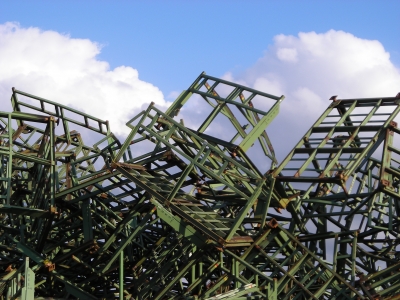“Steel must remain at the heart of the EU’s competitiveness”, said EUROFER President Robrecht Himpe at the occasion of the 5th European Steel Day held in Brussels. It is the basis for investments, growth and jobs in Europe’s manufacturing value chains, which contribute for 80% to the EU’s exports. “Therefore EU policies must act vigorously against distorting national state aid and unfair steel trade from third countries to ensure a healthy and cost-competitive steel industry”, he added.
In 2014, EU steel demand increased by 3.9%, but the fruits were largely picked by imports. Finished steel imports rose by about 20% in 2014 while deliveries by EU steelmakers saw an increase of only 2%. For 2015, EU steel demand is expected to remain slow by 2% and for 2016 by 2.5%. The main risk is a continued surge of steel imports into the EU. Himpe calls for timely and effective EU Trade Defence Instruments by accelerating complaint preparation and filing, shortening the time by which provisional measures can be imposed, and meaningful duty levels.
Massive excess steel capacities have been fuelling unprecedented Chinese export surges, up to 93 million tonnes, disrupting markets worldwide. “China does not merit a granting of Market Economy Status by the EU – simply because this country does not meet the required technical conditions: China’s policies continue a strong role for the state rather than true market forces” said Himpe.
Also, EUROFER filed a formal complaint at the European Commission against Italian state aid for steel company ILVA in Taranto, which is currently under state control. EUROFER argues that around 2 billion Euros allocated to the company by the Italian authorities are not compatible with the EU Treaty and EU state aid regulations.
The biggest industry risks in the mid- and long-term are the cost impact from the high energy prices and Emissions trading system. To ensure the competitiveness of the steel industry in Europe, the gap in energy prices between the EU and competing economies must be closed. Full offsetting of the direct and indirect CO2 costs at the level of the most efficient steel plants, will be the only way for the EU to reach its ambitious climate targets and maintain a steel industry that can further invest in Europe.











